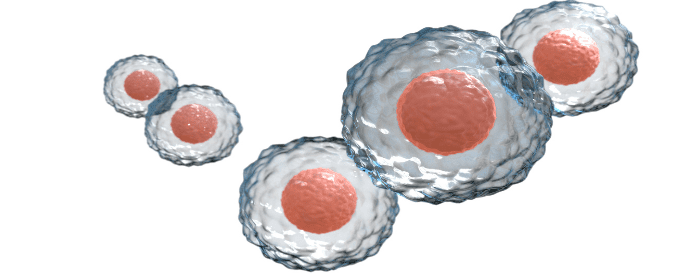Spinal cord injury (SCI) continues to be a significant cause of disability. In fact, it is estimated that annual SCIs account for nearly 18,000 injuries in the United States and between 250,000 and 500,000 injuries worldwide[1]. Additionally, an estimated 294,000 people in the United States are currently living with some form of SCI, with males accounting for nearly 80% of all SCI injuries[2].
Despite a large number of SCIs occurring each year, therapeutic treatment options remain limited and primarily ineffective. Recently, improvements in the understanding of the promising role stem cells play in the healing process have led to significant developments in improving healing and restoring function lost as a result of Spinal Cord Injuries; specifically, the therapeutic treatment of SCIs with mesenchymal stem cells (MSCs) in animal models has demonstrated promising results.
Building off of the success observed in previous studies, Honmou Et al.’s recent study (2021) sought to further explore the safety and feasibility of intravenous infusion of MSCs is SCI patients; the study also explored the patients’ functional status after receiving IV infusion of MSC.
Specifically, Honmou Et al.’s phase 2 study delivered a single infusion of autologous MSCs cultured in auto-serum, to 13 SCI patients. After infusion, the study assessed the feasibility and safety of this procedure over a six-month period by using the American Spinal Injury Association Impairment Scale (ASIA) and International Standards for Neurological Function Classification of Spinal Cord (ISCSCI-92). The researchers also used the Spinal Cord Independence Measure (SCIM-III) as a way to assess the ability of daily living after receiving MSCs infusion.
Although this was a small, early, unblinded, and uncontrolled study, the researchers point out that the intravenous infusion of autologous bone marrow-derived MSCs, expanded in auto-serum, into SCI patients appeared to be safe and feasible with none of the patients exhibiting abnormal cell growth or neurological deterioration. Additionally, and similar to what’s been observed in prior studies conducted on animal models, the findings appear to support the rapid improvement of neurological function within a few days after IV infusion. The researchers also pointed out this study had several limitations, including potential observer bias and potential improvements resulting from surgical interventions.
The researchers point out that although the specific mechanism for this observed improvement in neurological status is not clear, several studies suggest that secreted neurotrophic factors from MCSs might be associated with the rapid improvements. Additional studies have also demonstrated that IV infusion of MSCs in patients with SCIs might also encourage changes in gene expression that encourage functional improvements, an observation that was consistent with the findings of this study.
In conclusion, the authors reiterate that the observed safety, feasibility, and initial indications of functional improvement after MSC infusion support the importance of additional, larger future studies designed to examine potential efficiencies in patients with SCI. Source: (2021, February 18). Intravenous Infusion of Auto Serum-expanded … – ScienceDirect.com. Retrieved March 23, 2021, from https://www.sciencedirect.com/science/article/pii/S0303846721000925#!
[1] “Spinal cord injury – WHO | World Health Organization.” 19 Nov. 2013, https://www.who.int/news-room/fact-sheets/detail/spinal-cord-injury.
[2] “(SCI) Facts and Figures at a Glance – National Spinal Cord Injury ….” https://www.nscisc.uab.edu/PublicDocuments/fact_figures_docs/Facts%202015.pdf.


 St. Petersburg, Florida
St. Petersburg, Florida
